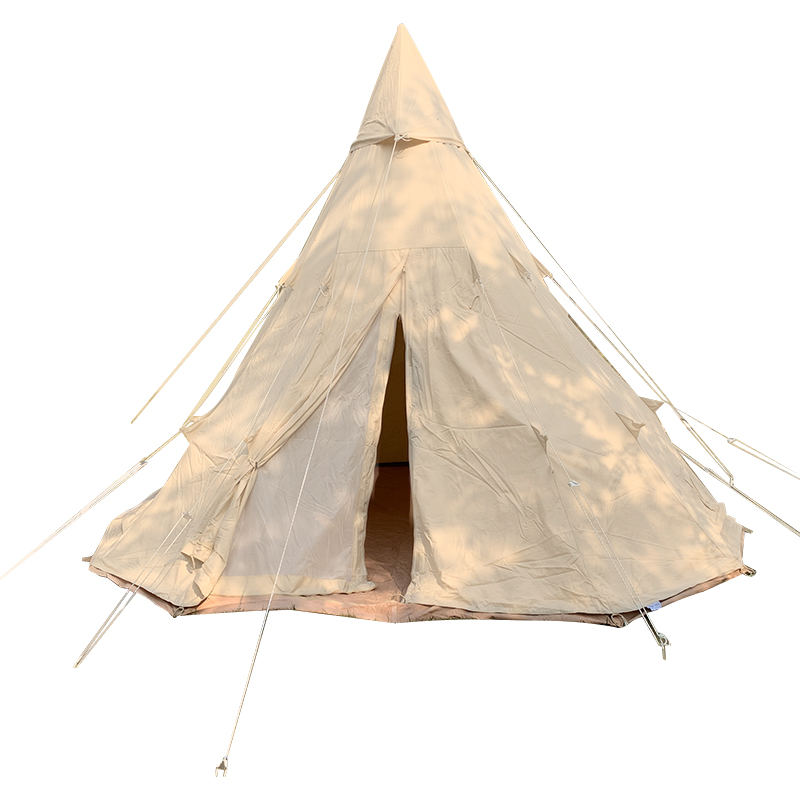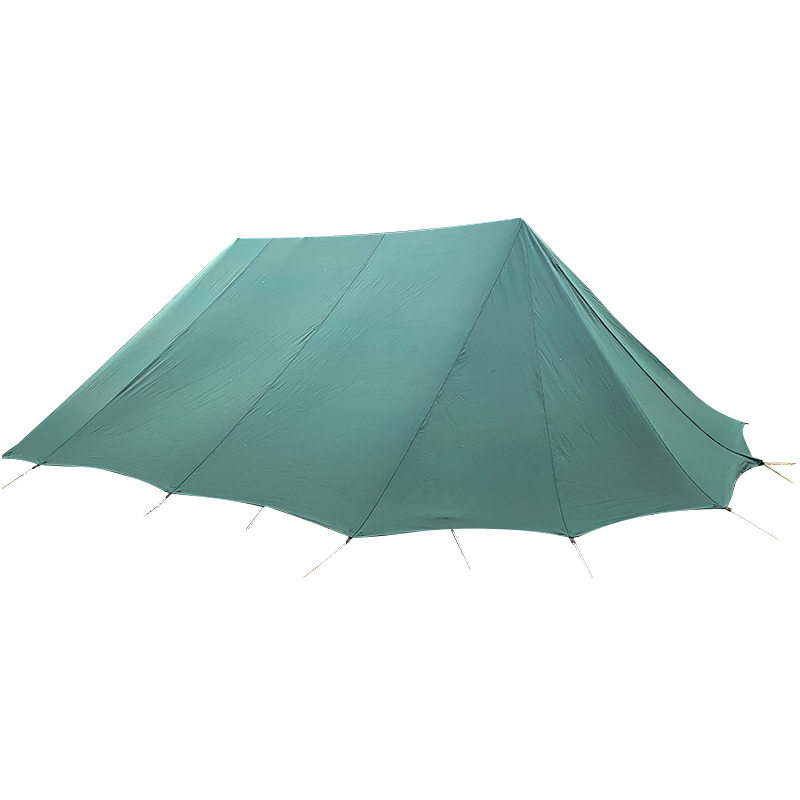-
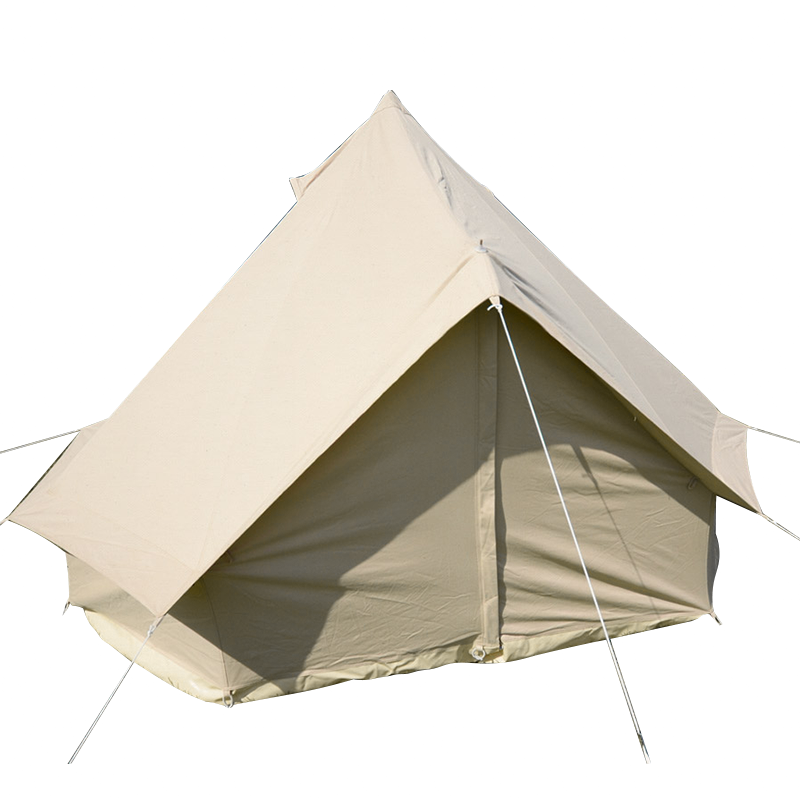 3m Standard Waterproof Bell Tent Camping Tent
3m Standard Waterproof Bell Tent Camping TentCanvas Tent
-
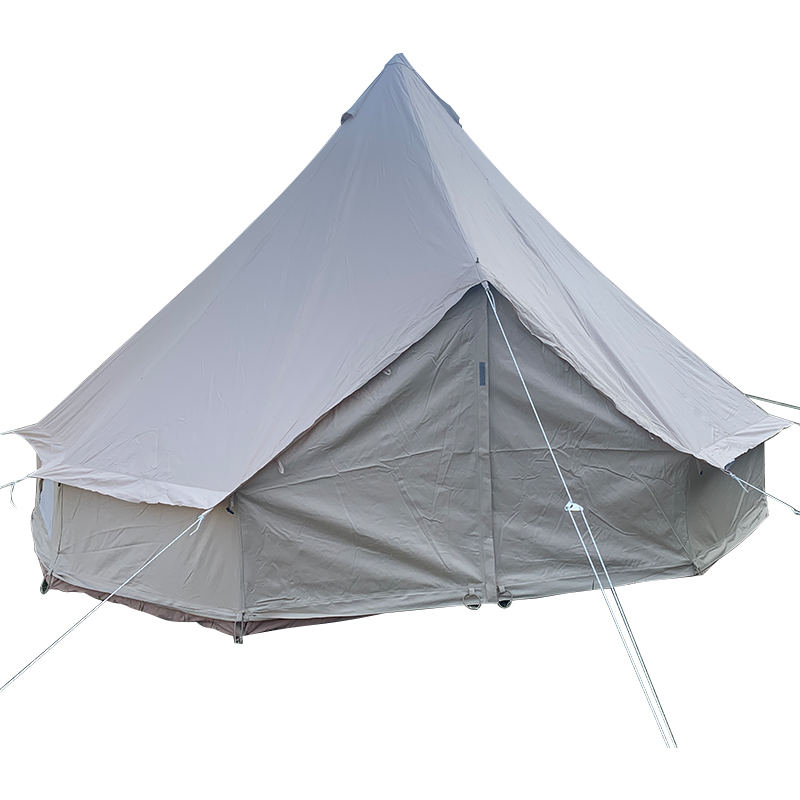 4m 4 Person Canvas Bell Tent for Family Camping
4m 4 Person Canvas Bell Tent for Family CampingCanvas Tent
-
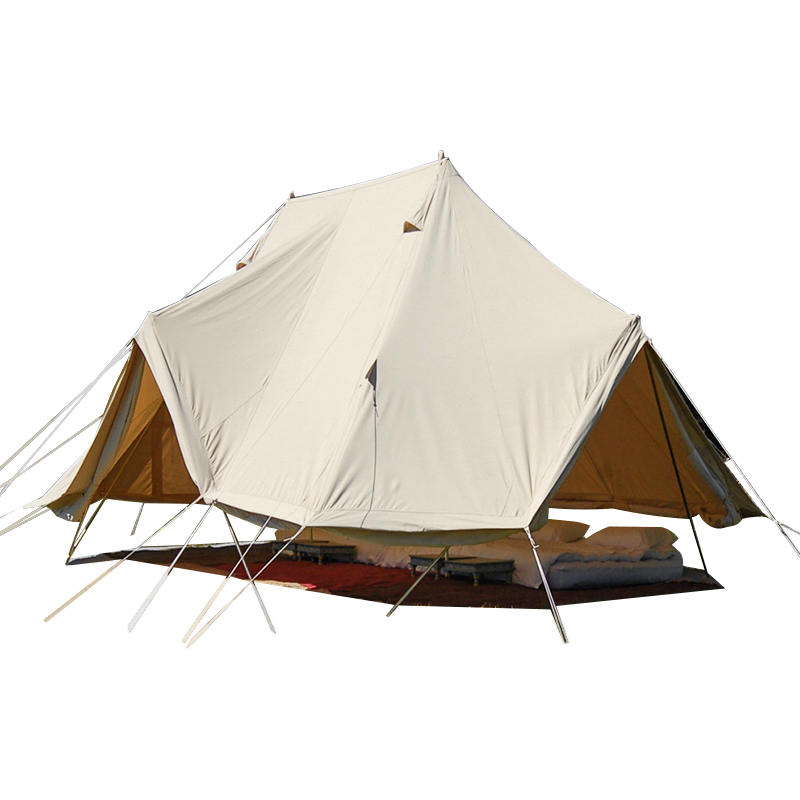 6 Metre Emperor Bell Tent Cotton Canvas Tent
6 Metre Emperor Bell Tent Cotton Canvas TentCanvas Tent
-
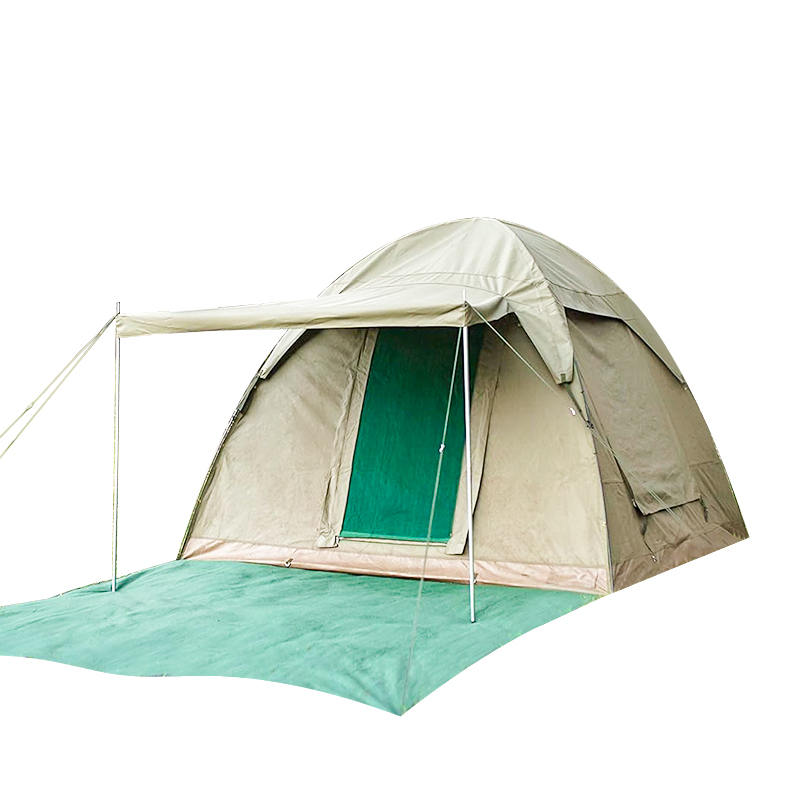 2.1x2.1m Canvas Dome Tent 2 Person Backpacking Tent
2.1x2.1m Canvas Dome Tent 2 Person Backpacking TentBackpacking Tents
-
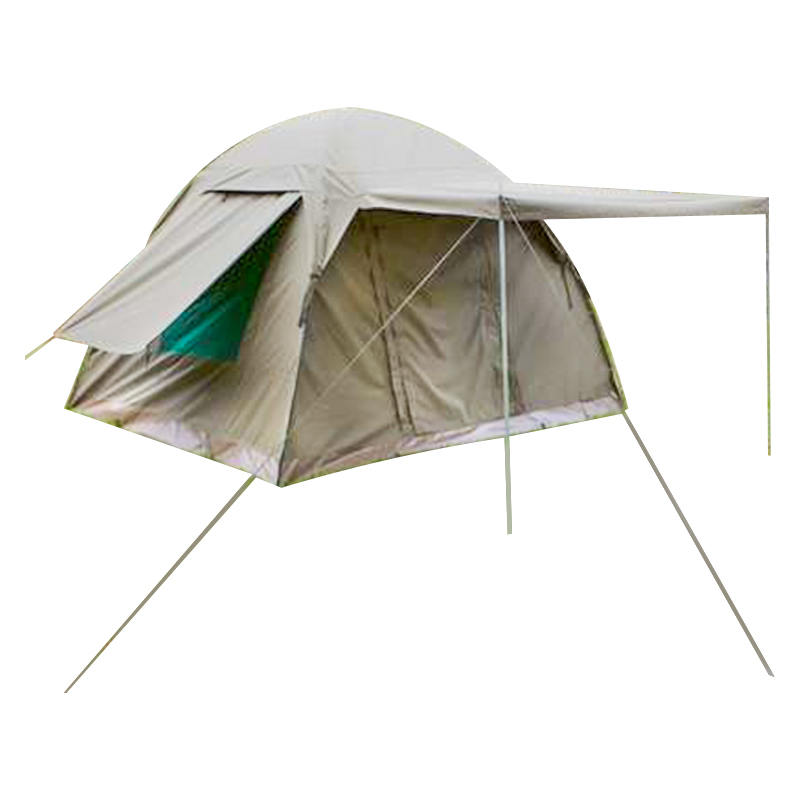 3x3m Durable Bow Tent Premium All-Season Military Backpacking Tent
3x3m Durable Bow Tent Premium All-Season Military Backpacking TentBackpacking Tents
Camping Tent Suppliers
Products & Solutions
CONTACT US
-

+86 15695147631
-

-

No.9 Kangmin Road, Automobile industry Park, Yizheng City, Jiangsu Province, China
On a camping trip, your tent is your shelter! Even on a picnic or BBQ, at a festival, or spending a day at the beach, a tent is a great item to have to provide a home base and protection from the elements.
Tents come in all different shapes and sizes, from bivy sacks and bivy tents weighing only a couple of ounces to massive cabin tents ideal for larger groups weighing 50lbs or more.
Initially, tents were made out of thick canvas, We continue and esteem this tradition, meanwhile, we create tent from many types of materials, contributing to their weight and durability and making some tents better than others for bad weather or high winds.
Many of our modern tents boast tons of features, including large vestibules, electric hook ups, gear lofts and pockets, room dividers, and vertical walls to increase headspace.
On our website, you can find all sorts of tents. We have traditional canvas tents, teepee tents, bell tents, A-frame tents, dome tents, tunnel tents, and inflatable tents.
With so many different types of tents, there is a tent for any application!
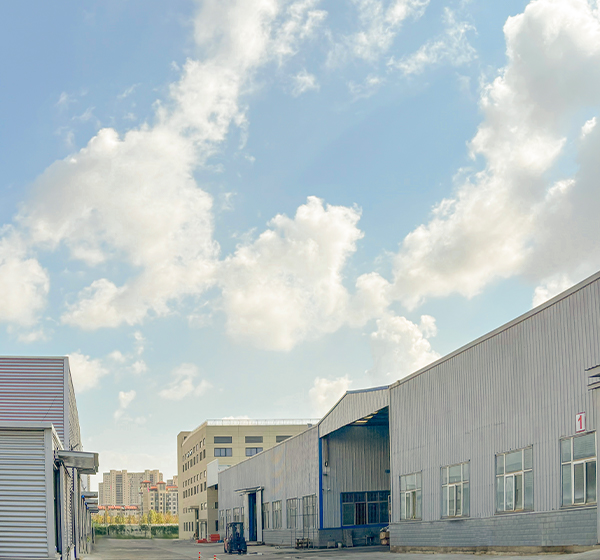
-

What Do Waterproof Ratings for Camping Backpacking Tents Actually Mean? Waterproof ratings (measured in millimeters, mm) quantify a tent’s ability to resist water penetration, base...
READ MORE -
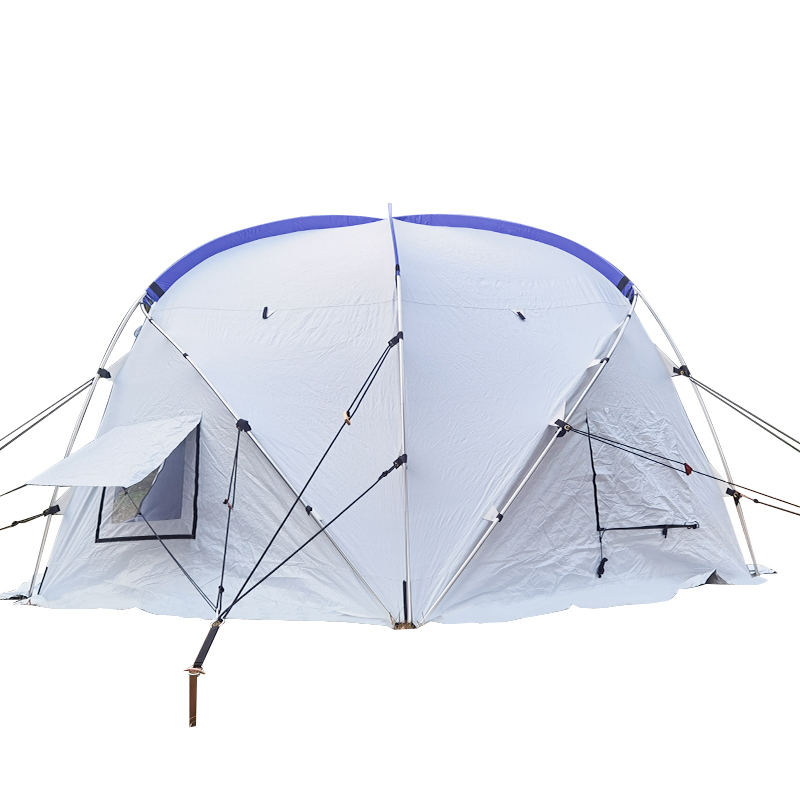
What core fabrics lay the foundation for windproof and waterproof relief tent? The windproof and waterproof performance of relief tent starts with the selection of core fabrics, wh...
READ MORE -
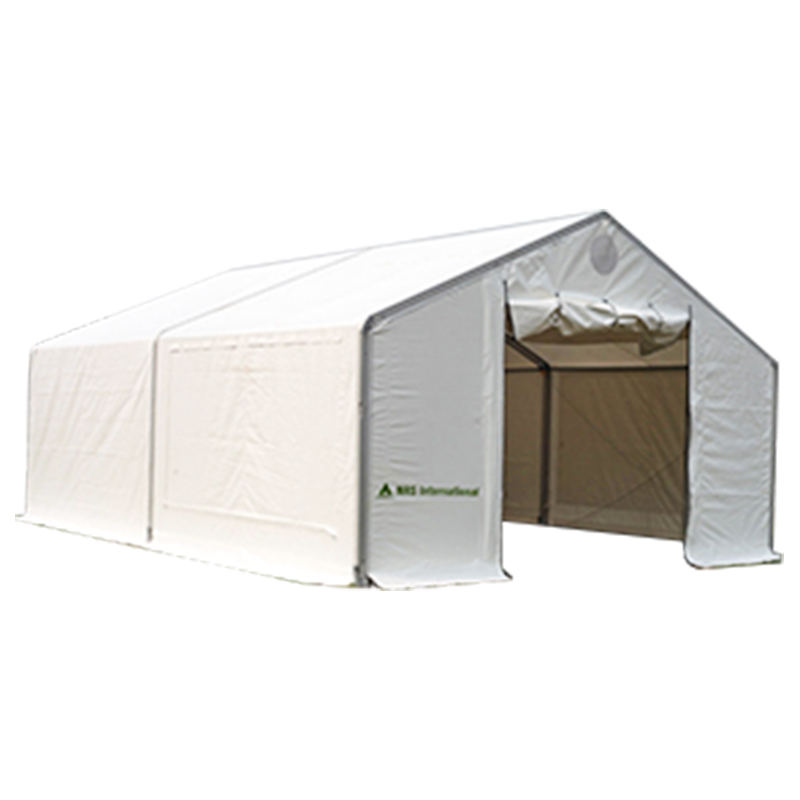
What Cost Advantages Make Warehouse Tents More Economical Than Traditional Warehouses? The core appeal of warehouse tents lies in their significant cost savings, which can reach up...
READ MORE -
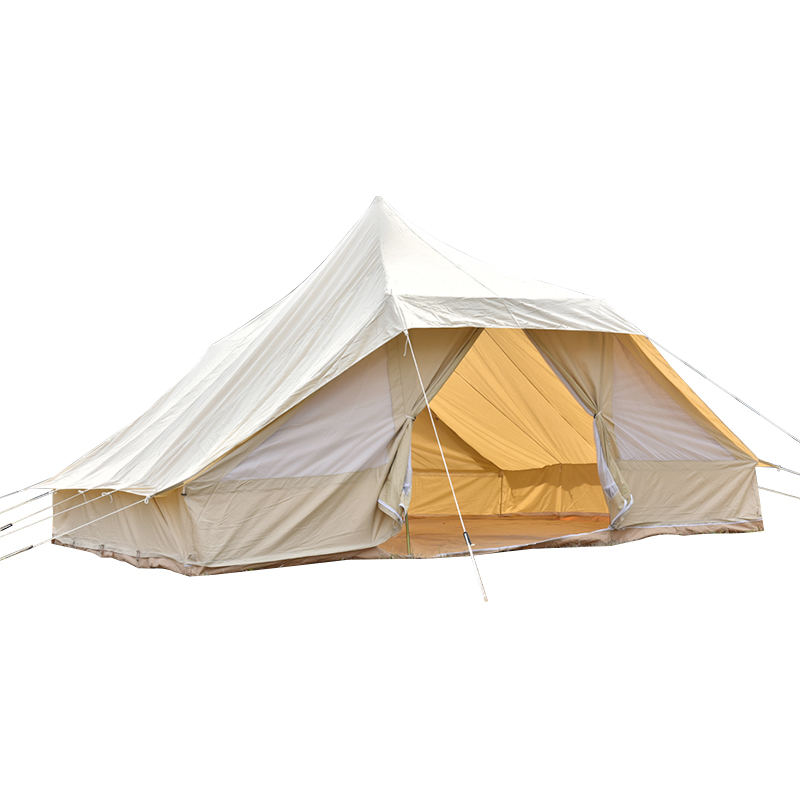
Camping in extreme weather—whether it’s heavy rain, strong winds, freezing snow, or scorching sun—requires a tent that can stand up to harsh conditions while keeping campers safe a...
READ MORE
1. How do the functional requirements for camping tents differ for different camping scenarios (such as mountain camping, beach camping, and winter camping), and how should we choose a suitable one?
The environmental characteristics of different camping scenarios vary significantly, and the functional requirements for camping tents also differ. For mountain camping, which features complex terrain, frequent winds, and the possibility of sudden rainfall, you should choose a tent with a wind resistance rating of at least level 6 and a water resistance rating of 2000mmH₂O or higher. The frame should also be sturdy (such as aluminum alloy poles), and the base fabric should be wear-resistant and puncture-resistant. For beach camping, which is characterized by high humidity and salt content, you need a tent with good ventilation (such as multiple windows), and the fabric and frame should be treated with corrosion protection to prevent salt erosion. For winter camping, where temperatures drop and snow is possible, you should choose a double-layer tent that is cold-resistant and warm. The inner layer can be made of fleece, the outer layer should be windproof and snow-resistant, and the top of the tent should be sufficiently sloped to allow for rapid snow shedding. For family camping, you should also consider the tent's capacity to ensure it can accommodate multiple people and your camping gear.
2. What are the common camping tent setup methods? Which one is most suitable for beginners and requires minimal experience to quickly set up?
Camping tents are primarily categorized into three types: quick-open, pole-through, and inflatable. Quick-open tents have pre-installed elastic brackets that automatically unfold and take shape, eliminating the need for manual pole threading. A beginner can typically set up in 5-10 minutes, making them ideal for campers seeking convenience. Pole-through tents require manually threading the brackets through the tent pole sleeves, then securing the ground pegs and wind ropes. While setup requires more steps and takes 15-20 minutes, they offer greater structural stability and are suitable for those with some camping experience. Inflatable tents use an air pump to inflate the tent. While in between the two types, they require a dedicated inflator and are relatively bulky to store. For beginners, quick-open tents are the best choice, offering quick setup without complex procedures and reducing the effort required to prepare for camping.
3. What are the advantages and disadvantages of camping tent fabrics (such as nylon, polyester, and cotton)? How should I choose based on my camping frequency and budget?
The fabric material of a camping tent directly impacts both user experience and cost, and different materials have distinct characteristics. Nylon fabric is lightweight, abrasion-resistant, waterproof, and dries quickly, making it suitable for frequent camping or long hikes. However, it can degrade easily with prolonged use in strong sunlight. Polyester fabric offers better UV resistance than nylon and is more durable. Its price is similar to nylon, making it suitable for most camping scenarios, especially in summer or in high-UV environments like the plateau. Cotton fabric offers excellent breathability and thermal insulation, ensuring a comfortable camping experience without feeling stuffy. However, it is heavy, absorbs water easily, dries slowly when wet, and is more expensive. It is suitable for short road trips or infrequent use, but not for rainy or humid environments. For frequent camping on a limited budget, polyester is preferred; for lightweight and waterproofing, nylon is an option; and for comfort-conscious road trips, cotton is a good choice.
4. What details should be considered when designing a camping tent (e.g., single, double, multi-person, or with a vestibule)? How can we avoid the problem of "enough space but cramped"?
When choosing a camping tent, don't just consider the number of people listed; you also need to consider the actual details of its use. First, consider the "floor area" and "ceiling height." For example, a two-person tent should have a floor area of at least 2.5m x 1.5m and a ceiling height of at least 1.2m to ensure comfortable sitting or lying down. Second, consider the "storage space." Some tents have built-in storage pockets for small items like phones and glasses, preventing them from getting scattered. Tents with vestibules provide additional space for camping gear (such as backpacks and shoes), eliminating the need for bringing gear inside and taking up space, making them particularly suitable for group camping. Furthermore, if you need to use bulky gear like air mattresses and sleeping bags, it's recommended to choose a tent with one more stall than the number of people you actually need (e.g., a three-person tent for a two-person camping trip). This allows for ample space to avoid the problem of "enough space but cramped."
5. How to address the conflict between ventilation and waterproofing when using a camping tent at night or in the rain, and prevent internal fogging and moisture?
Balancing ventilation and waterproofing is crucial in camping tent design, as fogging and moisture are particularly common at night or in the rain. First, consider choosing a tent with a double-layer fabric design: a waterproof outer layer and a breathable inner layer, with an air space between the two layers to reduce fogging caused by temperature differences between the inside and outside. Second, the tent should be equipped with closable ventilation windows and vents. During rainy days, close the outer waterproof windows and open the inner ventilation windows to reduce internal moisture through convection. At night, when the temperature is low, leave a small ventilation gap to prevent moisture from condensing on the tent walls. Finally, lay a waterproof mat at the bottom of the tent to prevent ground moisture from seeping in. Avoid leaving wet clothing inside the tent; hang them in the vestibule or use a portable clothes drying rack. These design and usage tips can effectively balance ventilation and waterproofing, minimizing internal moisture.
6. What precautions should be taken when storing and carrying a camping tent? How can I make it "lightweight and easy to carry" without damaging the tent?
Storing and carrying a camping tent requires a balance between convenience and product protection to avoid improper handling that could affect its lifespan. The tent should be completely dry before storage, especially after use in the rain. If stored damp, it can easily become moldy and develop odors. When folding, follow the original creases of the tent and avoid forcibly squeezing or over-folding to prevent permanent creases in the fabric or damage to the coating. Choose a storage bag that is large enough; don't force it into a bag that is too small to minimize bulk, as this can damage the tent fabric or frame. When carrying the tent, if hiking, secure it to the outside of your backpack to avoid direct contact with sharp objects (such as trekking poles or water bottles) to prevent scratches. When camping by car, place the tent in a dry place free of heavy objects to prevent frame deformation.
7. When using a camping tent for outdoor camping, how can I enhance its wind and insect resistance to improve safety and comfort?
Camping outdoors is a complex environment, requiring additional measures to protect your tent from wind and insects. To address wind resistance, choose a sheltered location (such as against rocks or trees). Ground pegs should be fully driven into the ground, and the wind ropes should be tightened and secured to a distant anchor point (such as a tree or rock). If winds are strong, place heavy objects (such as buckets filled with water) around the tent to support the edges. Some tents are equipped with "wind reinforcement poles" that can be installed to enhance structural stability. To protect against insects, choose a tent with fine mesh windows. The mesh is recommended to have a pore size of no more than 1mm to effectively block mosquitoes. Close the tent curtain at night. If ventilation is required, hang a mosquito repellent lamp or apply mosquito repellent near the door. Seal the gap between the tent base and the ground to prevent ants and reptiles from entering. Yangzhou Mailenda Outdoor Products Co., Ltd. has over 20 years of experience in the outdoor tent industry. Its camping tents, with mosquito-repellent fabric treatment and wind-resistant frame design, meet the safety and comfort requirements of outdoor camping.


 English
English 中文简体
中文简体 Español
Español 日本語
日本語 русский
русский عربى
عربى